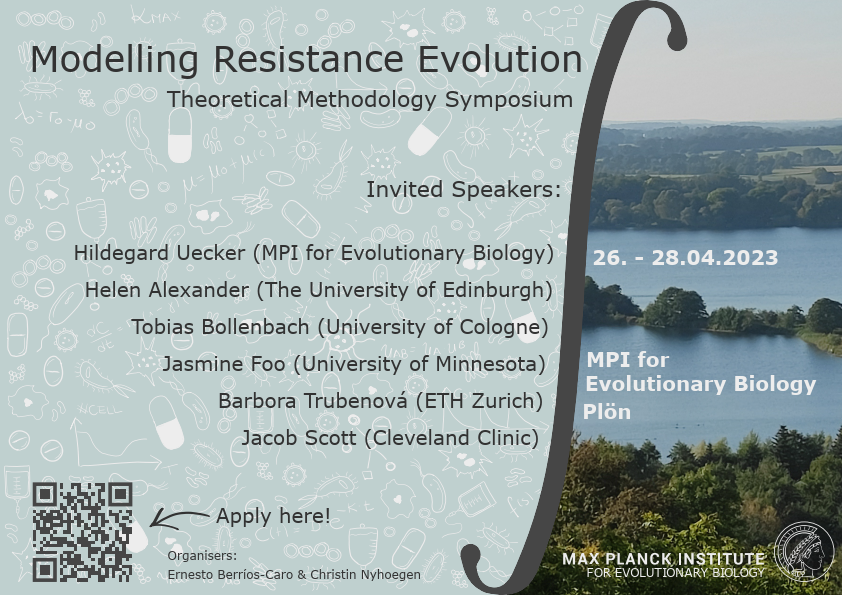Speaker
Description
We are interested in modelling Collective antibiotic tolerance (CAT). CAT occurs any time a bacterial population of sufficiently high density survives an antibiotic dose or treatment that a smaller population would succumb to. Various mechanisms have been identified, including cell-to-cell signalling and antibiotic degradation. A known manifestation of CAT is through occurrence of inoculum effect (IE), most often shown through minimum inhibitory concentration (MIC) assays. Definitions of IE and more largely of CAT are slightly inconsistent across the literature and models looking into this effect do so in different ways. Collective responses such as CAT are important to take into account as accurately as possible when designing treatment strategies/regimens. We undertook a systematic review of mathematical models to have a more complete picture of how CAT has been modelled in the literature. To be selected, models should describes population dynamics of one or more bacterial populations facing antibiotic treatment or analogues such as anti-microbial peptides (AMPs). It must include some density-dependent response of bacteria to antibiotic concentration. This effect can be built-in, where response to antibiotic is a function of the MIC, for instance. Or it can be emergent, by including antibiotic removal by bacteria or bacterial product (e.g. enzymes such as beta-lactams). This work gives us metrics to depict the landscape of mathematical modelling associated to CAT. Although those numbers are still preliminary, 47 modelling papers were selected, 85% were published in the past 12 years. ODE systems are over-represented (37). While built-in and emergent implementation of CAT is equally represented, many of the models considered do not explicitly mention CAT, meaning that consequences of CAT are not explored in these. We also observe that very few modelling papers make qualitative predictions on IE, but those that do, do not capture the range of experimental observations. This is combined with a mismatch when comparing model outputs to experimental data. These finding demonstrate a still incomplete understanding of the implications of CAT in bacterial population dynamics. Understanding the consequences of CAT, and how to model these collective effects are very relevant to the way design treatment strategies and understand complex interactions between drugs and bacteria. How, for example, to better link model outputs to reproduce common experimental assays. I am also interested in discussing critically MIC assays as a proxy for measuring IE, in particular in the context of emergence and establishment of resistance. Reliable models of CAT are key to produced testable predictions of how these collective effect impact evolution of resistance.

